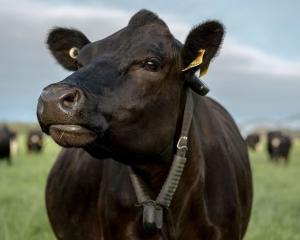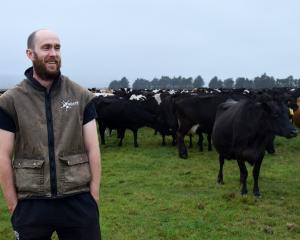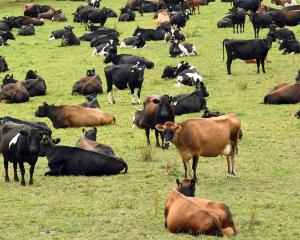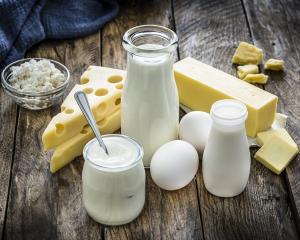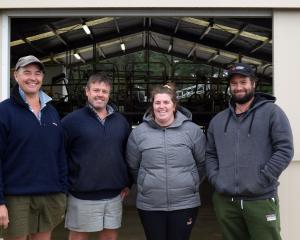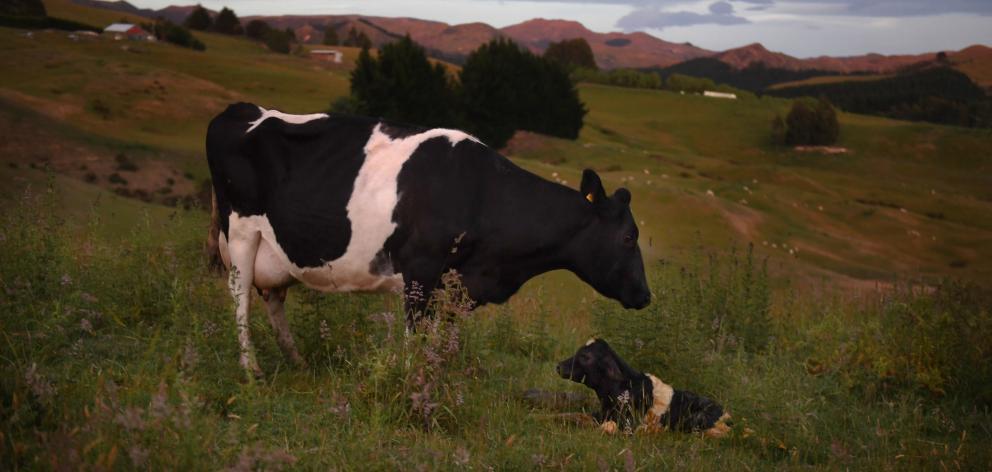
The index was now up 23% since the start of the year. A feature of recent months had been renewed strength in fats prices and that continued in this week's auction, Westpac senior economist Anne Boniface said.
Anhydrous milk fat prices were now up 10% since the start of the year and 34% from their November lows. Butter prices had risen 36% this year and were 52% above their November 2018 lows.
While prices for both were below the record levels they reached in 2017, demand appeared to remain robust.
"Over time, we would expect the relative prices of milk fat and protein to return to average levels as manufacturers increase production of whichever products generate better returns,'' Ms Boniface said.
That increased supply would put downward pressure on prices, but divergence could persist for an extended period, she said.
Whole milk powder prices eased 0.7% this week, their second consecutive fall. The bank believed that was some of the supply premium coming out of prices as concern about the impact of dry weather on New Zealand milk production eased.
While soil moisture deficits in parts of the country remained worse than average for this time of year, they were not as acute as a few years ago.
ASB senior rural economist Nathan Penny said the very tight milk fat market suggested upside to the banks $7kg milk price forecast for 2019-20.
A recently-released dairy industry report by Rabobank forecast a farmgate milk price of $7.15 for the season, as farmers faced a fourth consecutive season of strong milk pricing.
For the present season, Rabobank expected ``modest upside'' to the farmgate milk price, which was now expected to lift to $6.65.
Stagnant global milk supply and robust global demand for Oceania-origin dairy products was expected to support strong milk prices for New Zealand farmers over the remainder of the current season and into the next.
High global dairy commodity prices had been sustained by below-average milk production growth from key exporting regions, report author and Rabobank dairy analyst Emma Higgins said.
Climatic conditions from 2018 had plagued milk supplies in the European Union, Australia and Argentina while inadequate milk cheques for United States producers had kept milk supply below historical averages.
Turning around those supply side factors would take either time or significantly higher prices, Ms Higgins said.
The slow-down in global milk supply growth had led to a recent substantial rise in the pricing of Oceania-origin dairy product.
While a new season forecast with a "seven in front'' would be warmly welcomed by farmers, they would be wise to factor in some input cost inflation and budget accordingly, she said.
Following exceptional weather conditions across the second half of 2018, New Zealand milk flows were 4.4% ahead of the previous season to the end of January, the report said.
Since then, seasonal dry conditions had hit the majority of the North Island, with particular intensity in the Waikato, and milk production had now stalled with February milk flows barely matching last year's volumes.
With the dry conditions turning severe in some places, herds were now being dried off for the season and there was now a strong risk that milk production would finish abruptly from March, Ms Higgins said.
Rabobank had revised lower its expectations for milk collections for the 2018-19 season and now expected growth of 3% year-on-year.
Looking forward to the new season, the near-perfect production conditions in 2018-19 were unlikely to be repeated and milk flows were not expected to keep pace with the previous season.



